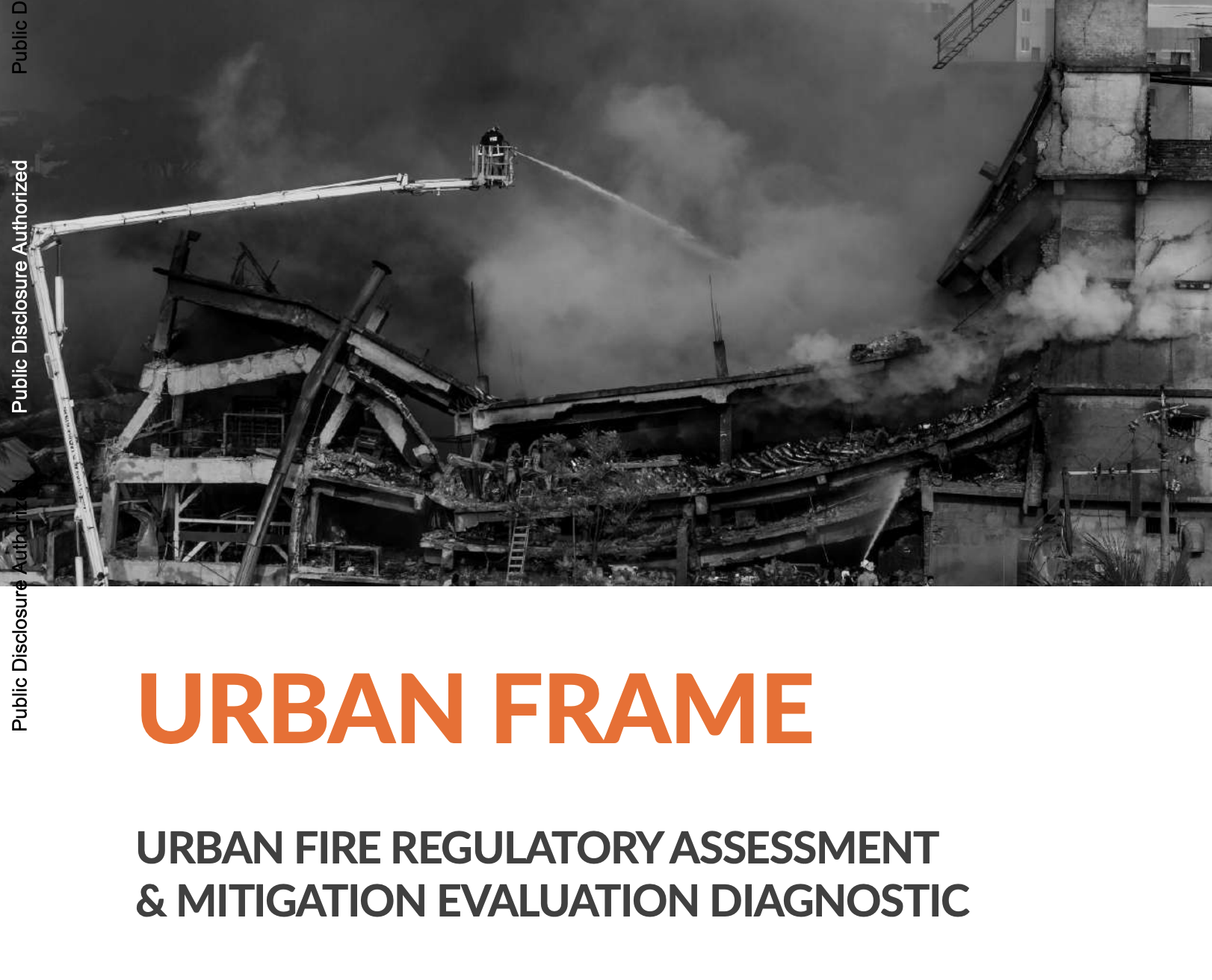Fires cause up to 180,000 deaths globally per year. This is more than triple the annual average number of fatalities due to all-natural hazards. Urban fire risk can be heightened during periods of rapid urban development. Inadequate urban planning, infrastructure, and construction practices related to fire prevention and mitigation significantly increase the potential for fire ignition, fire spread, and potential conflagration. Mitigation of urban fire risks must be a critical consideration for disaster risk reduction and resilient development. Investing in building risk reduction measures provides significant economic benefits. The Urban Fire Regulatory Assessment and Mitigation (Urban FRAME) diagnostic is designed to support government officials and project managers, including World Bank task team leaders, in assessing building fire safety regulatory systems to identify critical gaps and opportunities for building and urban fire risk reduction projects and investment planning. This Urban FRAME diagnostic focuses on three critical components of the regulatory frameworks for building fire safety: (i) legal and administrative; (ii) development and maintenance; and (iii) local implementation.
Urban FRAME: Urban Fire Regulatory Assessment and Mitigation Evaluation Diagnostic
October 1, 2020 Read this publication

